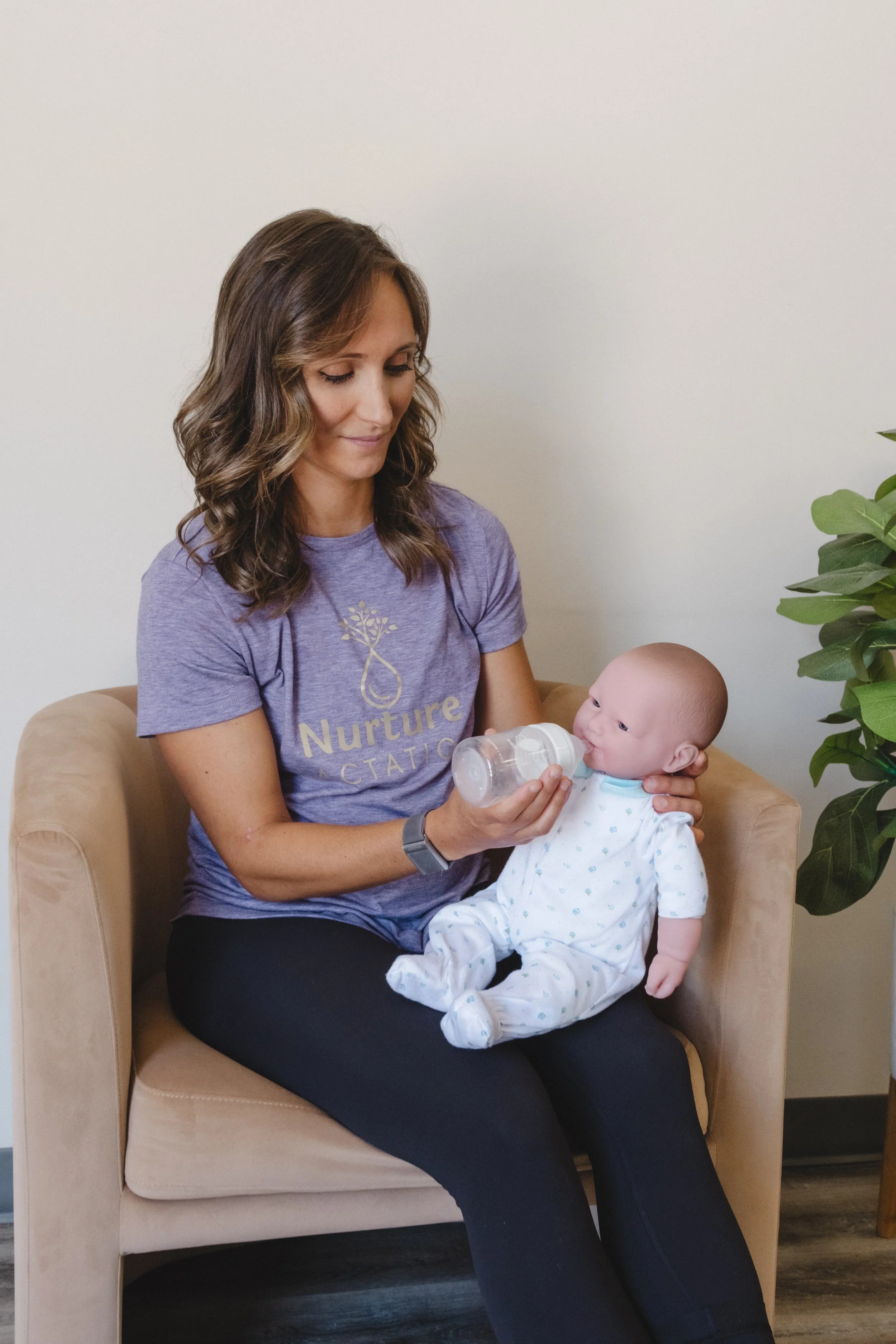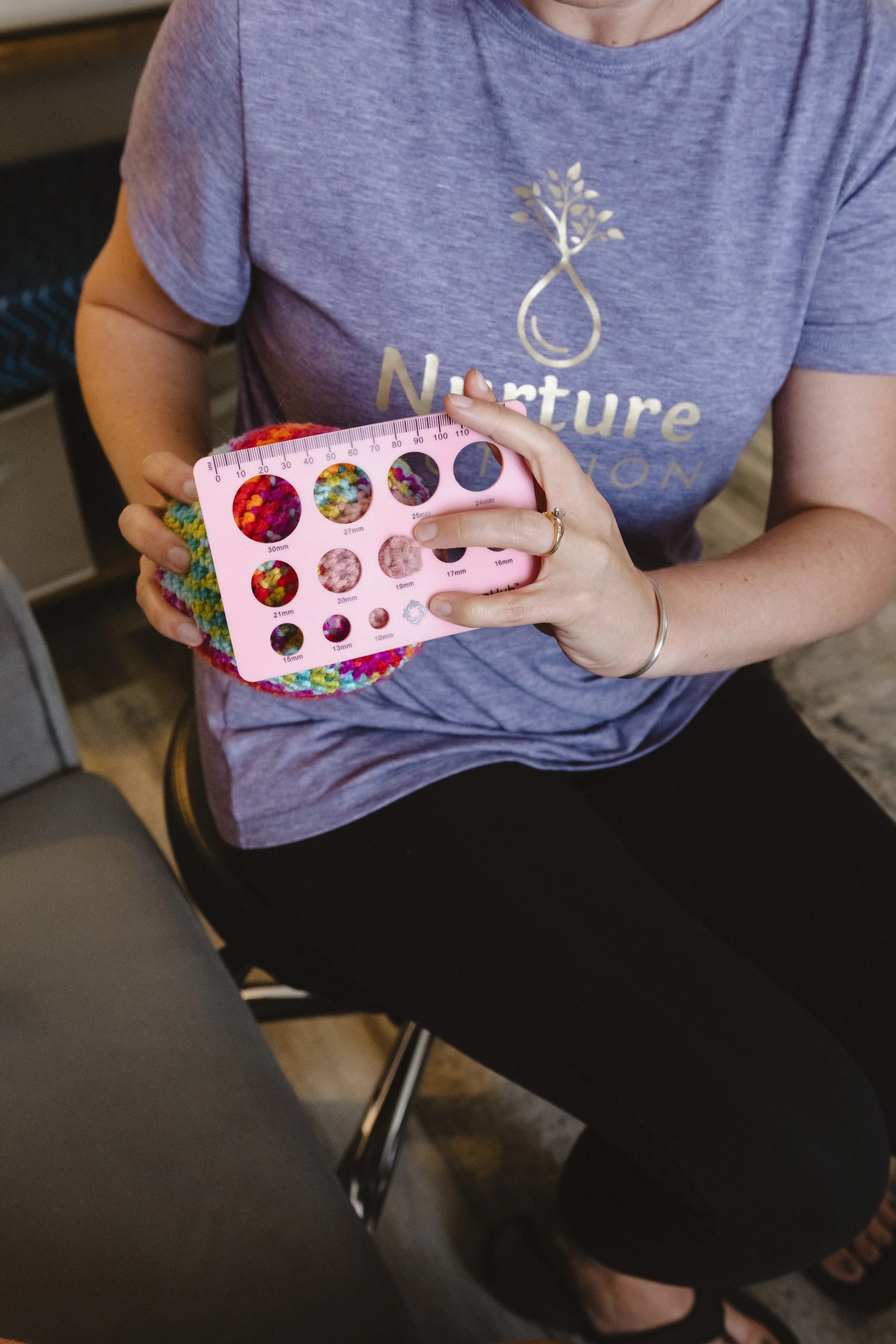PRENATAL BREASTFEEDING EDUCATION
PRENATAL BREASTFEEDING EDUCATION
Welcome to your Breastfeeding Education Guide—a comprehensive resource designed to help you feel confident and prepared for your breastfeeding journey. Whether you are a first-time mom or have experience with breastfeeding, our guide offers evidence-based information and practical tips to support you in this important aspect of postpartum care.
The first three to five days after delivery.
Feeding Schedule:
Aim to feed your baby every 2-3 hours or whenever they show hunger cues. Feeding on demand is ideal, but if the baby hasn’t woken by the 3-hour mark, it’s important to wake them (day and night) to ensure proper weight gain and milk supply stimulation.
To wake your baby for feeding, try gentle techniques such as removing their clothing down to a diaper, tickling their feet, or using a wet wipe or washcloth on their side.
Diaper Expectations:
For the first 4 days, expect a minimum of one wet and one soiled diaper per day (matching the baby’s age in days). From day 4 onward, the minimum is 5-6 wet and 3-4 soiled diapers daily. Remember, poopy diapers often count as wet ones as well.
Milk Supply:
Milk typically comes in between days 3-5. However, this can be delayed due to factors like receiving excessive fluids during labor, hemorrhage, or extreme stress. To boost milk supply, frequent and effective stimulation of the breasts, either by the baby or pumping, is crucial.
Pumping Guidance:
Pumping can be introduced if needed for supplementation. However, if your baby is feeding well at the breast and has sufficient diaper output, pumping may not be necessary during the first few days.
Circumcision Recovery:
If your baby undergoes circumcision, they may be particularly sleepy for 6-8 hours afterward and challenging to wake. Hand expressing milk and ensuring a good feed before the procedure can be helpful.
Weight Gain Expectations:
After the initial post-birth weight loss, expect your baby to gain approximately 1 ounce per day, equating to at least 7 ounces per week. Monitor weight gain through regular checkups with your pediatrician or lactation consultant, and by ensuring efficient feedings and adequate diaper output.
Supplementation:
In the early days before milk arrives, hand expression is preferred as colostrum is thick and produced in small amounts.
Consider supplementing if there are concerns about blood sugar levels, inadequate weight gain, or if mother and baby are separated.
Cluster Feeding on the Second Night:
Be prepared for your baby to cluster feed during their second night. This is normal and helps establish milk supply.
Skin-to-Skin Contact:
Keep your baby skin-to-skin as much as possible. This helps regulate their temperature, heart rate, blood sugar levels, oxygen levels, and reduces stress (cortisol) for both baby and parent.
During lactation, it’s crucial for moms to focus on several key nutrients to support both their health and milk production. Here’s a breakdown of those main nutrients:
Omega-3 Fatty Acids: Important for the baby’s brain development. Sources include fatty fish (like salmon), flaxseed, chia seeds, and walnuts.
Calcium: Vital for bone health and the baby’s development. Good sources include dairy products, fortified plant-based milks, leafy greens, and almonds. Iron: Supports energy levels and prevents anemia. Found in lean meats, beans, lentils, spinach, and fortified cereals.
Vitamin D: Important for calcium absorption and immune function. Sunlight is a natural source, but it can also be obtained from fortified foods and fatty fish.
Vitamin B12: Essential for nerve function and the formation of red blood cells. It’s primarily found in animal products, so vegans may need fortified foods or supplements.
Focusing on a well-rounded diet that includes these nutrients will help ensure both mom and baby are healthy during breastfeeding.
Vitamin D Supplementation: you can do vitamin D drops, or mom can take 6400 IUs of vitamin D, which will be enough to flow through your milk to get to baby.
Providers We Trust.
Providers We Trust.
We know how hard it can be to find providers you truly trust to join your care team. That’s why we’ve compiled a thoughtfully curated list of professionals across a variety of fields—so you can easily connect with the support you need, all in one place. Whether you’re looking for medical, mental health, or family wellness providers, we’ve gathered trusted options to help make your journey a little easier.











